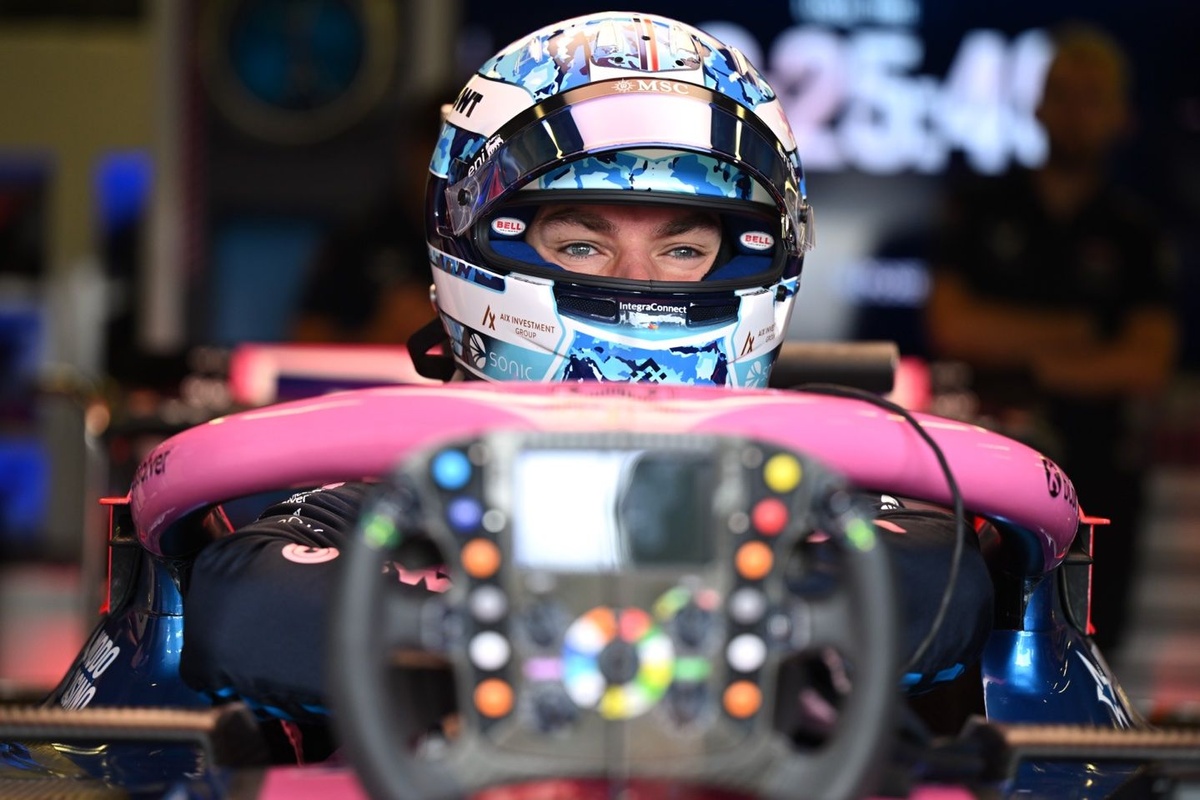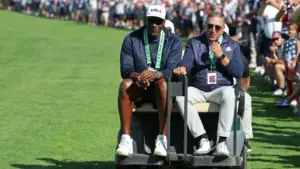The 2025 Formula 1 season has emerged as one where any team can be a points contender, but Alpine has been a clear backmarker of late.
Franco Colapinto and Pierre Gasly qualified 18th and 19th respectively at the Italian Grand Prix, then 16th and 19th in Azerbaijan, where both of them went off on their last flying lap; they gambled on potential race incidents to climb up the order on Sundays, but those failed to materialise. They finished 16th and 17th at Monza, propping up the order with 18th and 19th in Baku – where Colapinto was spun around by Alex Albon.
This was the first time the team suffered such poor results consecutively since double retirements in Britain and Hungary back in 2023; excluding DNFs, finishing two races in a row with both cars outside the top 15 is unprecedented in the team’s 44-year history.
“I’ve known it for months, so it’s not like I’m surprised,” Gasly said of Alpine’s hardship after Monza qualifying. “It’s something I accept. Baku is going to be tough. Singapore is going to be tough. I know it’s going to be difficult until the end of the year.”
The next day, he added: “It’s most likely going to be the same speech and the same answers for the remaining part of the year. At least we’ve got to focus on making what we have in our control as best as we can.”
So, what’s wrong with Alpine’s A525? The most obvious answer is a lack of engine power. Alpine had the slowest car on straights at Monza – it reached 345.7km/h in qualifying, compared with 355.9km/h for the Sauber and 345.8km/h for the second-slowest car, the McLaren; in the race, the Anglo-French cars failed to surpass 340.3km/h, with Williams fastest on 364.1km/h and Mercedes closest to Alpine on 350.9km/h.
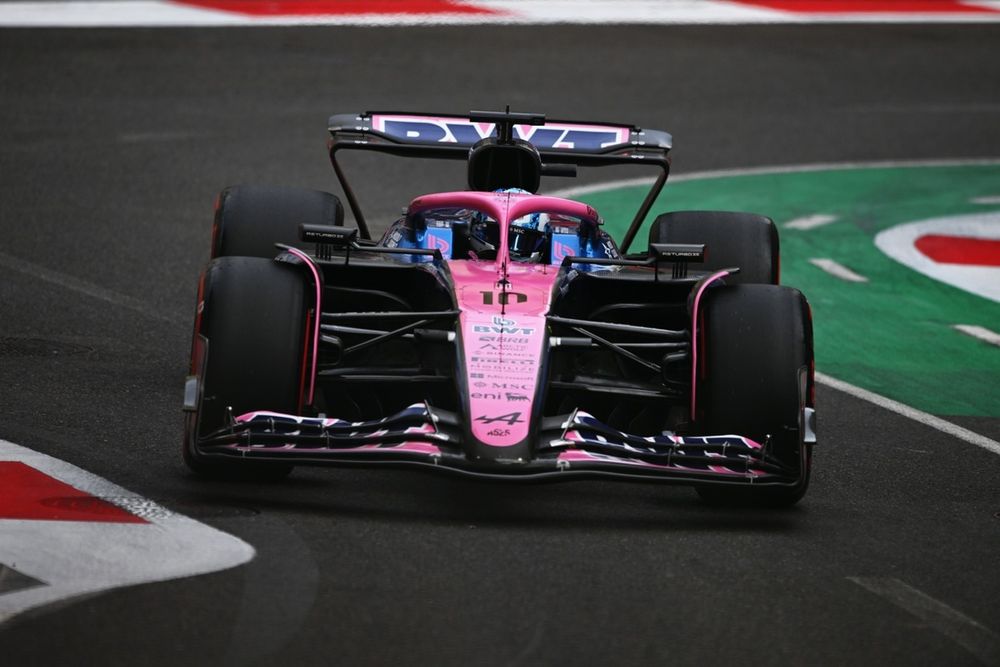
Pierre Gasly, Alpine
Photo by: Rudy Carezzevoli / Getty Images
That’s a damning deficit, even with potential variations in DRS use and slipstream – both Alpine drivers did get to use DRS a couple of times in that race.
The speed-trap data looked better in Baku, with Alpine the third-fastest car in qualifying and fifth-fastest in the race, with the field much less spread out.
Colapinto did point to some ‘clipping’ on the Monza straights – the phenomenon of a car running out of energy deployment before it reaches a braking point – while a low-downforce set-up (relative to other teams) may have contributed to the Baku figures, but this is no silver bullet.
“We can’t do anything about it,” Colapinto said after Italian GP qualifying. “If we take too much downforce, we start sliding too much in the corners. We don’t make anything up. It’s a tricky situation, and some tracks that we know we are going to struggle a little bit more than others.”
Regardless, power isn’t the only problem Alpine has been facing with its current car.
“On a track like Monza where you have six corners, it’s not easy. We know where we’re lacking. To be fair, it’s global, it’s chassis and engine, it’s not one to blame more than the other,” Gasly insisted.
“Even chassis-wise, there are things which need to be improved,” he insisted in Baku. “It’s all areas. We know at the moment we are not in a position to be fighting for that top 10.”
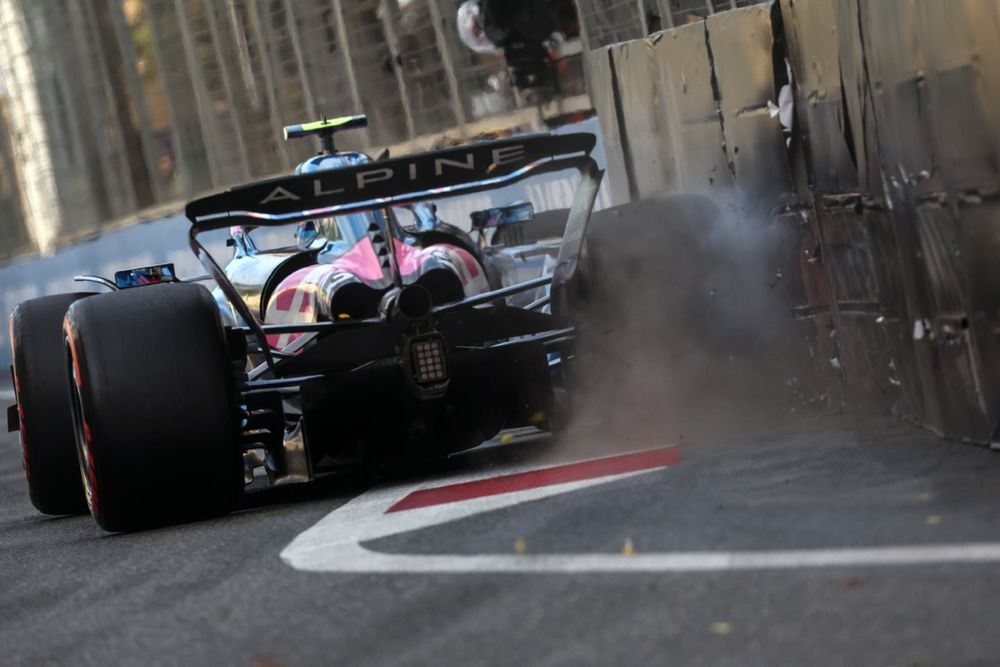
Franco Colapinto, Alpine
Photo by: Joe Portlock / LAT Images via Getty Images
The Frenchman also said the A525 struggled with Baku’s bumps, while Colapinto lamented the car’s sluggishness in slow-speed corners, as well as its instability.
“It’s an unpredictable car and just not really easy to drive,” the Argentinian said following the Azerbaijan GP. “Then we have to go more to the limit, take more risks than the others.”
The team’s fortunes aren’t helped by a lack of upgrades on its current car.
Ever since the Spanish GP on 1 June, Alpine brought updates on three occasions. A new front wing was introduced in Montreal, then a rear wing and beam wing in Spa-Francorchamps, but all were circuit-specific, therefore providing no durable performance gain; the third upgrade, at Zandvoort, pertained to the rear brake-duct furniture and aimed at ‘improving the rear wheel wake management’.
The team was never going to make any progress in the pecking order this season – neither does it hope to.
“It’s just important for me to try to work with the team on what we can do to improve short term, but we’re not going to go from P19 to suddenly finding five tenths of lap time,” Gasly admitted in Baku.
“Whether you’re fighting for a race win or for a P18, at the end you’ve got to put the same dedication to it, the same commitment to it,” he’d declared at Monza. “I think we all agree that’s what we want to achieve as a team because the car is not going to change.”

Franco Colapinto, Alpine
Photo by: Sam Bagnall / Sutton Images via Getty Images
Colapinto, meanwhile, was a bit more bullish than his colleagues, expressing his hope to “fight for points” on theoretically better tracks for his car, mentioning Austin and Mexico.
But the reason why Alpine has refrained from bringing updates to its A525 is, obviously, its focus on the new regulations for 2026.
The budget cap and aerodynamic testing restrictions are forcing teams to focus their resources on 2026-spec machinery. Alpine will then be a Mercedes engine customer, dropping its longtime French-based powertrain division – another cause for hope in its eyes. And the team has nothing more to play for in 2025, given its 24-point deficit on ninth-placed Haas in the constructors’ standings.
“I think we got all the ingredients in the team to actually deliver a competitive car from next year on,” Gasly said at Monza, explaining the focus in the upcoming races would be on flawless execution, “preparing the entire team to be fighting for a much bigger result next year”.
Alpine executive advisor Flavio Briatore – arguably the unofficial team principal following a revolving door of team leaders over the last five years – made it clear, one week prior, that the focus was on next season.
“We put a lot of effort into the 2026 car,” the Italian said. “But it’s not easy to interpret the rules. Maybe we made a mistake by not having any steps from the beginning of the season to now, and we pay for that. As well, in this moment, two or three tenths, it’s 10 or 15 cars. We know we have a big handicap with power – with the engine. We hope to forget this year and be happy in 2026.”
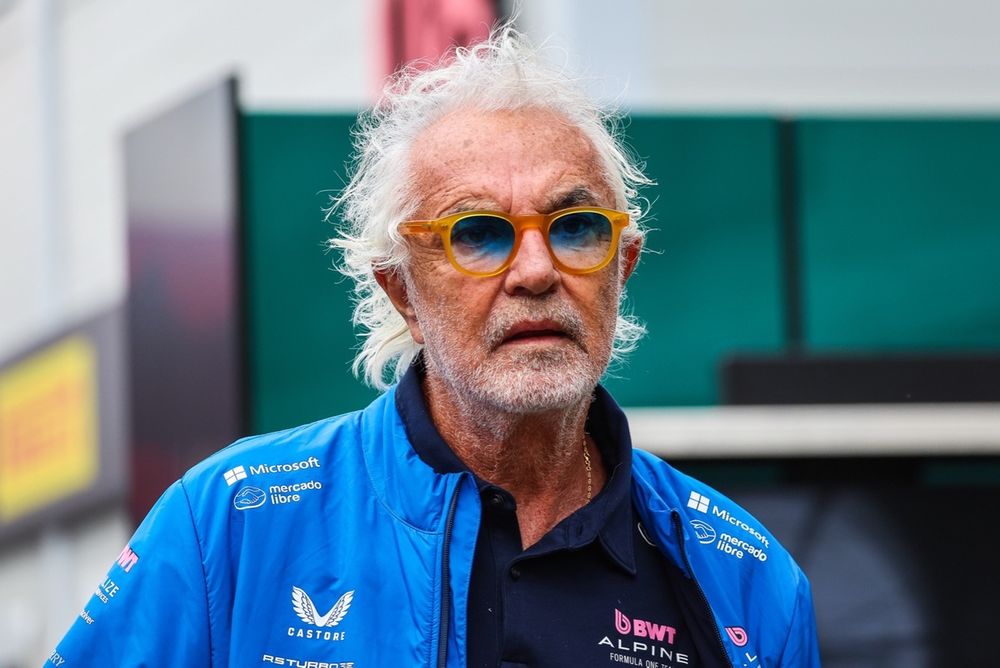
Flavio Briatore, Executive Advisor, Alpine
Photo by: Jayce Illman / Getty Images
Asked if he was aiming for podiums in 2026, Briatore retorted: “Yes. Because if it’s [not], you need to change the job.”
Yet, the Renault-owned outfit’s ambitious long-term goals have never come to fruition in the last 10 years. Whether this one turns out to be wishful thinking remains to be seen.
Additional reporting by Oleg Karpov and Cihangir Perperik
